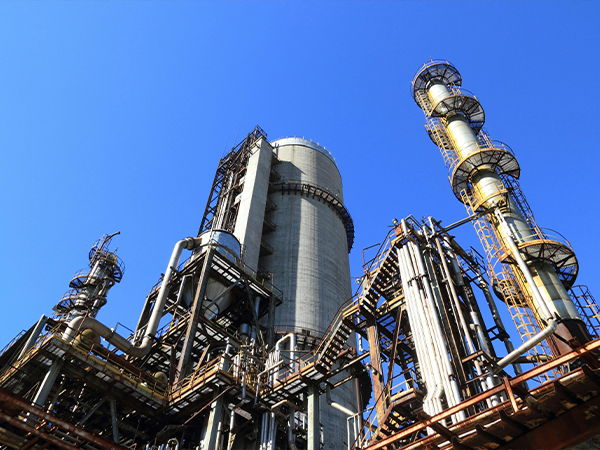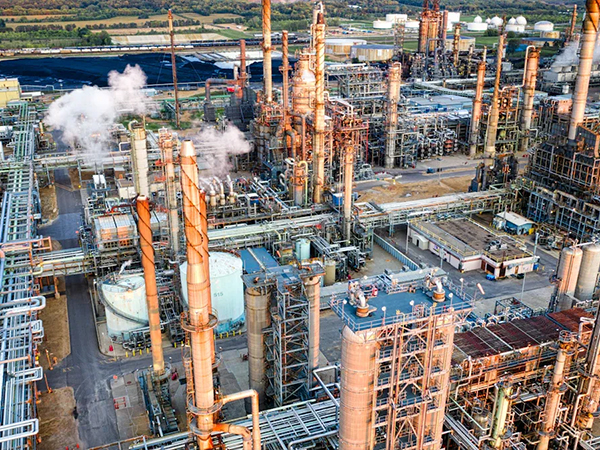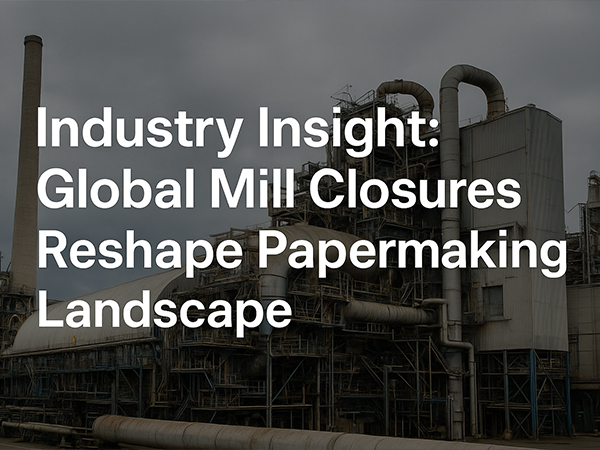Global Market Outlook
August 2025 – The paper chemicals industry is undergoing a transformation driven by sustainability concerns and tightening regulations on PFAS (“forever chemicals”). A recent analysis forecasts the specialty pulp & paper chemicals market to hit USD 24.9 billion in 2025, with a projected rise to USD 35.1 billion by 2035, exhibiting a 3.5% CAGR.
Notably, functional additives—including sizing agents, retention aids, and strength resins—already account for 58% of market share, with the packaging and board segment contributing 61%.
PFAS Regulations Reshaping the Industry
The global regulatory push—including expanded PFAS bans in the U.S. and Europe—is catalyzing demand for fluorine-free and bio-based alternatives. Manufacturers, especially in Asia-Pacific and Europe, are increasingly switching to PFAS-free surface sizing formulations, driven by market expectations for both print performance and environmental compliance.
Opportunities for Papermakers
- Upgrade to Eco-Friendly Sizing Agents
Accelerate adoption of solutions that ensure oil and moisture resistance without harmful fluorochemicals. - Invest in Wet-End Chemistry
High-performance additives like wet strength agents and retention systems offer cost-effective quality improvements. - Stay Ahead of Sustainability Trends
Innovative, bio-based chemistries are becoming essential to align with evolving legal and sustainability standards.
How Amazon Chemicals Supports Your Transition
At Amazon Chemicals, we deliver a tailored portfolio of PFAS-free, high-efficiency papermaking chemicals that help mills achieve:
- Improved sheet strength and print quality
- Compliance with global environmental regulations
- Optimized production cost and performance balance
Explore Sustainable Solutions
Boost your papermaking efficiency and compliance with our advanced additive portfolio:
- Discover our PFAS-free oil repellent
- Enhance durability with our wet strength agent series
As market dynamics evolve toward transparent, recyclable, and safer paper products, investing in future-ready chemical formulations is a strategic imperative.







